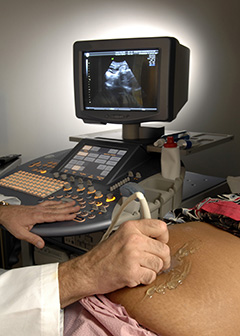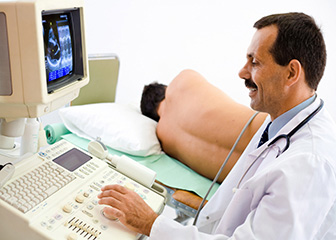Summary

| Quick Facts: Diagnostic Medical Sonographers | |
|---|---|
|
$64,380 per year
$30.95 per hour |
|
| Associate’s degree | |
| None | |
| None | |
| 53,700 | |
| 44% (Much faster than average) | |
| 23,400 | |
What Diagnostic Medical Sonographers Do
Diagnostic medical sonographers use special imaging equipment that directs sound waves into a patient’s body (in a procedure commonly known as an ultrasound, sonogram, or echocardiogram) to assess and diagnose various medical conditions.
Work Environment
Most diagnostic medical sonographers work in hospitals. Some work in physicians’ offices or imaging clinics. Sonographers may be on their feet for long periods and may need to lift or turn disabled patients.
How to Become a Diagnostic Medical Sonographer
Diagnostic medical sonographers need formal education, such as an associate’s degree or a postsecondary certificate. Many employers also require professional certification.
Pay
The median annual wage of diagnostic medical sonographers was $64,380 in May 2010.
Job Outlook
Employment of diagnostic medical sonographers is expected to grow by 44 percent between 2010 and 2020, much faster than the average for all occupations. As ultrasound technology evolves, it will become a more common method used to assist in diagnosing medical conditions, favored over more invasive procedures.
Similar Occupations
Compare the job duties, education, job growth, and pay of diagnostic medical sonographers with similar occupations.
O*NET
O*NET provides comprehensive information on key characteristics of workers and occupations.
Contacts for More Information
Learn more about diagnostic medical sonographers by contacting these additional resources.







